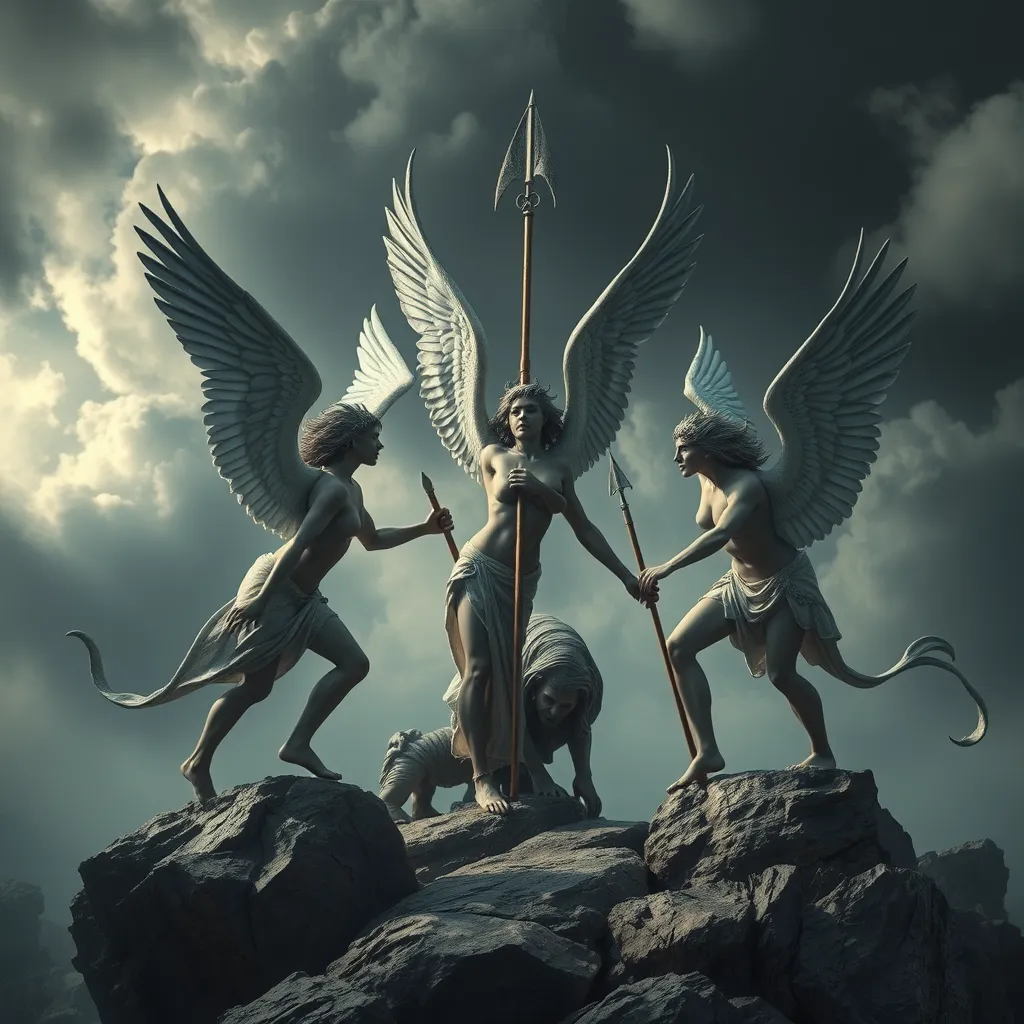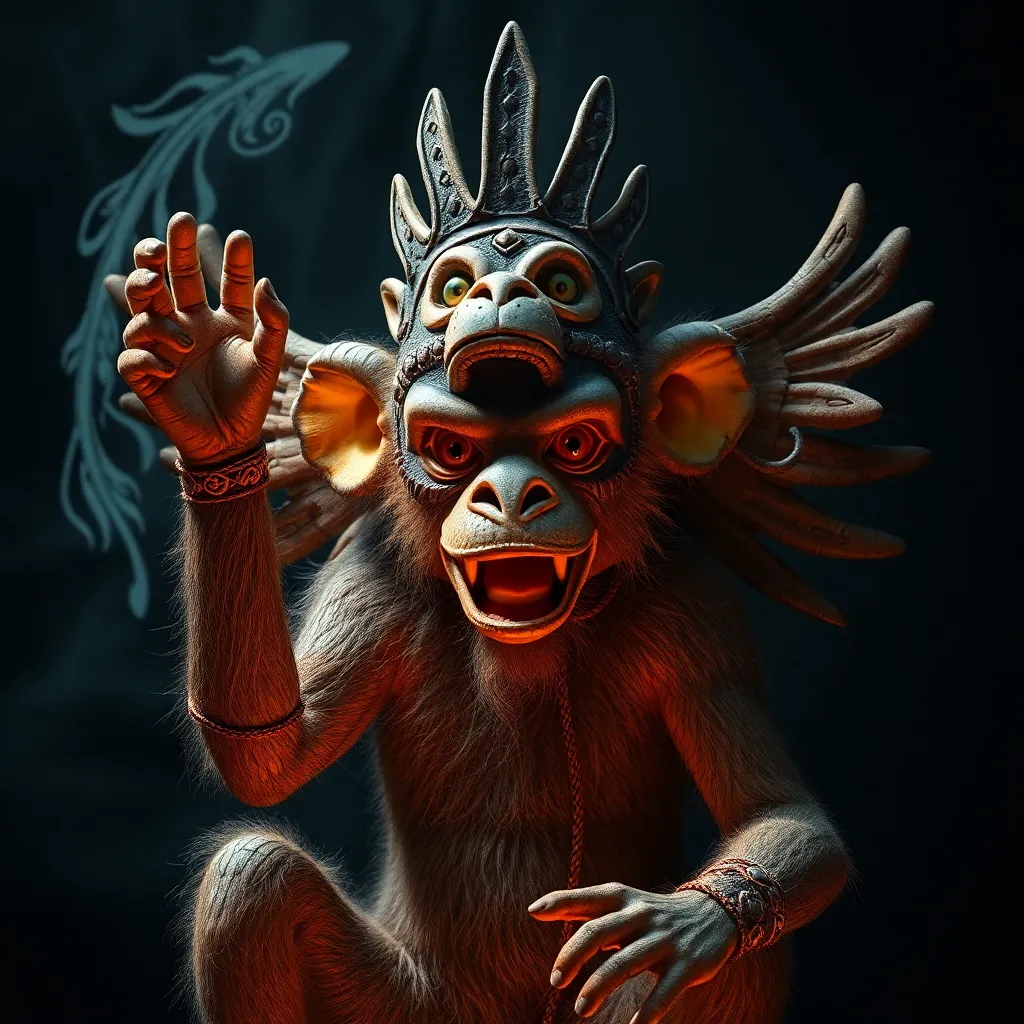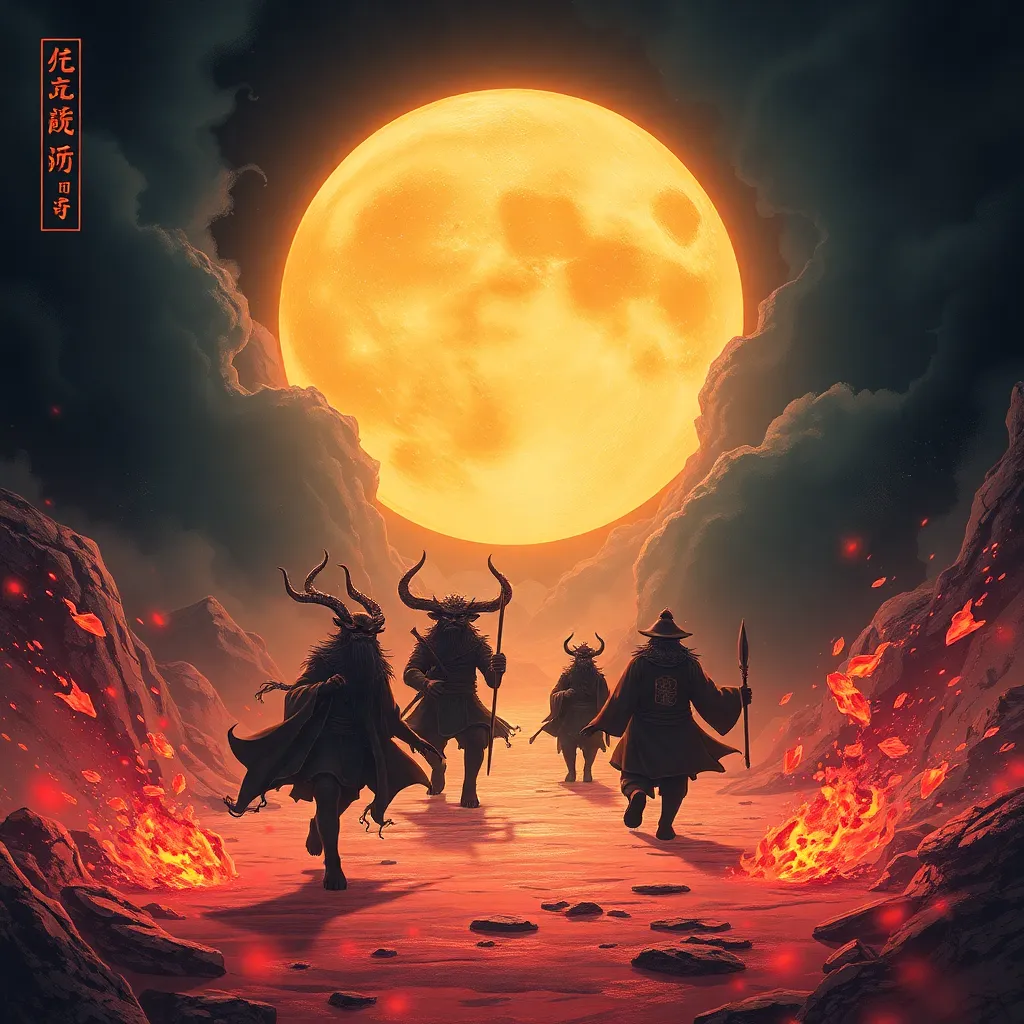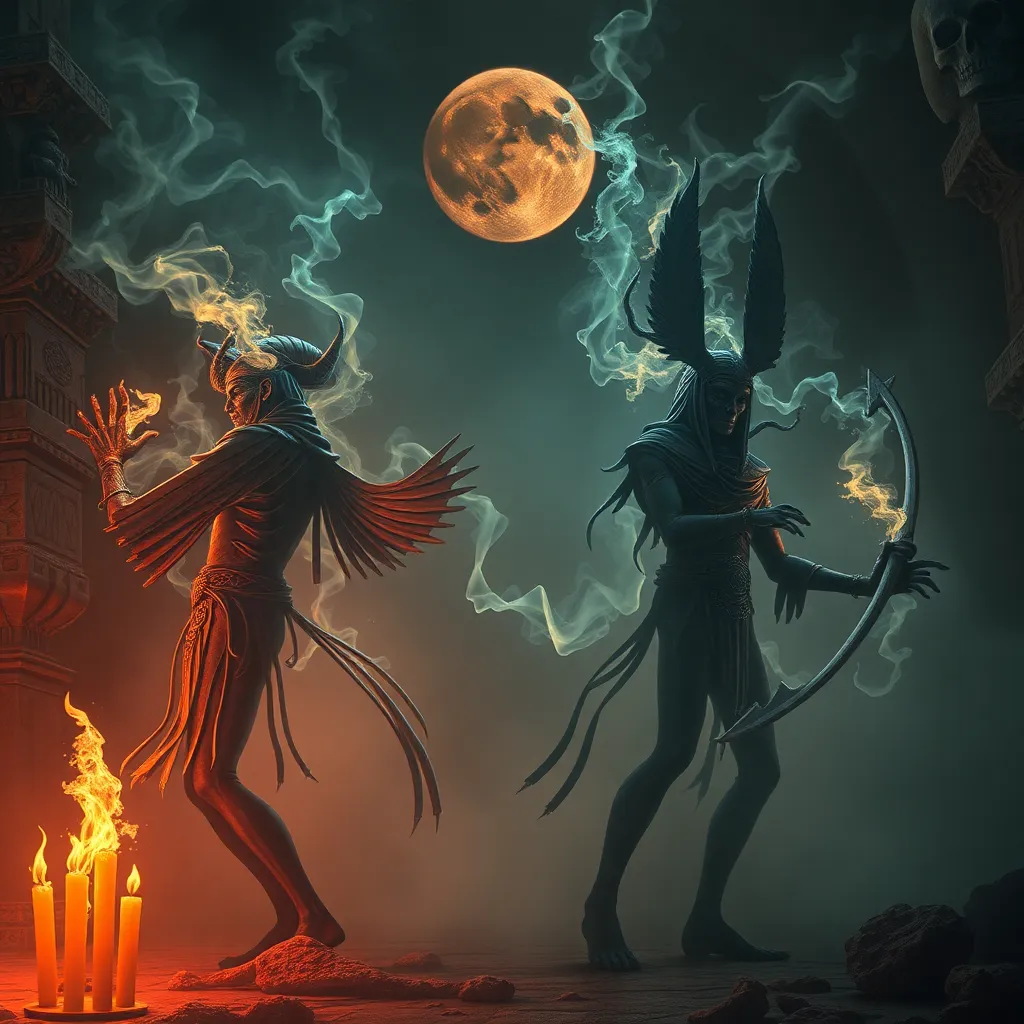The Harpies’ Role in the Argonauts’ Journey: A Study of Mythological Encounters
I. Introduction
The quest for the Golden Fleece is one of the most celebrated tales of Greek mythology, chronicling the adventures of Jason and the Argonauts as they journey to Colchis. This epic narrative is filled with encounters that test the limits of heroism and the whims of divine beings. Among these encounters, the Harpies stand out as significant figures that embody chaos and punishment.
The Harpies, often depicted as winged spirits, are notorious in Greek mythology for their role as agents of retribution. They are known to snatch away individuals and objects, leaving behind a trail of disorder. This article aims to explore the significance of the Harpies within the context of the Argonauts’ journey, examining their mythological background, their encounter with the Argonauts, and the lasting themes they embody.
II. The Mythological Background of the Harpies
A. Origin and Characteristics of the Harpies
The Harpies, typically portrayed as half-woman, half-bird creatures, are said to be the daughters of Thaumas and Electra, making them sisters to the Iris, the goddess of the rainbow. Their names—Aello, Ocypete, and Celaeno—reflect their nature, as they are associated with stormy winds and swift movement.
B. The Harpies’ Connection to the Winds and Their Role as Agents of Punishment
In mythology, the Harpies are often linked to the winds, acting as personifications of violent gales. They are infamous for their role in punishing those who offend the gods. For instance, in the tale of Phineas, the Harpies torment the seer by stealing his food, leaving him to starve as a punishment for revealing too much about the future.
C. Cultural Interpretations of Harpies in Ancient Greek Literature
Throughout ancient Greek literature, the Harpies are depicted as embodiments of chaos and disorder. They serve not only as physical threats but also as symbols of divine wrath. Their appearances in various myths highlight the consequences of human hubris and the unpredictable nature of the divine.
III. The Encounter with the Argonauts
A. Setting the Scene: The Argonauts’ Arrival at Colchis
As the Argonauts reach Colchis, they find themselves at the crossroads of adventure and peril. The land is rich with mystery and danger, and the Golden Fleece they seek is guarded by formidable challenges, including the Harpies.
B. The Specific Encounter with the Harpies During Their Journey
The Argonauts’ encounter with the Harpies occurs when they come across the seer Phineas. The Harpies, as tormentors, disrupt his life, stealing his sustenance and driving him to despair. The Argonauts, upon learning of Phineas’s plight, decide to intervene.
C. Key Figures Involved: Jason, Orpheus, and the Harpies
Jason, the leader of the Argonauts, along with Orpheus, the famous musician, plays a crucial role in confronting the Harpies. Orpheus uses his enchanting music to distract the Harpies, allowing the Argonauts to assist Phineas and ultimately drive the Harpies away.
IV. Symbolism and Themes Associated with the Harpies
A. The Harpies as Symbols of Chaos and Disruption
The Harpies represent the chaotic forces of nature that can disrupt human plans. Their intervention in the lives of mortals serves as a reminder of the unpredictable nature of fate and the power of the divine.
B. The Theme of Divine Intervention in Human Affairs
The encounter with the Harpies underscores the theme of divine intervention, where the gods’ will manifests through these winged creatures. The Argonauts’ ability to confront and overcome the Harpies illustrates the interplay between human courage and divine influence.
C. The Contrast Between Human Courage and Supernatural Threats
The Argonauts’ bravery in facing the Harpies highlights the human spirit’s resilience in the face of overwhelming supernatural threats. This theme resonates throughout the journey, as the heroes confront various challenges that test their mettle.
V. The Role of the Harpies in the Narrative Structure
A. Analysis of the Harpies’ Function as Antagonists
The Harpies serve as antagonists in the narrative, embodying the chaos that threatens the Argonauts’ mission. Their actions create tension and conflict, pushing the heroes to rise to the occasion.
B. Their Impact on the Progression of the Argonauts’ Journey
The encounter with the Harpies marks a pivotal moment in the Argonauts’ journey, reinforcing the idea that their quest is fraught with danger. Overcoming the Harpies not only aids Phineas but also propels the Argonauts forward in their quest.
C. How the Harpies’ Actions Contribute to Character Development
The confrontation with the Harpies allows for significant character development among the Argonauts. Jason’s leadership and Orpheus’s musical prowess shine through, establishing them as capable heroes who can confront both earthly and divine challenges.
VI. Comparative Analysis with Other Mythological Encounters
A. Similarities with Other Mythological Creatures in Greek Mythology
The Harpies share similarities with other mythological creatures, such as the Gorgons and Sirens, who also embody chaos and temptation. Each of these beings serves to challenge the hero’s resolve and moral fortitude.
B. The Harpies Versus Other Antagonistic Forces Faced by Heroes
While the Harpies represent a specific type of divine wrath, other mythological antagonists, like the Minotaur or Cyclops, present physical threats that require strength and strategy to overcome. Each encounter teaches different lessons about heroism.
C. Lessons Learned from Encounters with the Harpies Compared to Other Mythological Beings
Encounters with the Harpies emphasize the importance of cunning and collaboration, as seen in Orpheus’s use of music and Jason’s leadership. In contrast, other encounters may focus more on brute force or individual heroism.
VII. The Legacy of the Harpies in Later Literature and Culture
A. Influence of the Harpies on Subsequent Literary Works
The Harpies have influenced various literary works throughout history, appearing in adaptations of Greek mythology, where they continue to represent chaos and divine retribution. Their legacy endures in stories that explore the consequences of human actions.
B. Modern Interpretations and Representations of the Harpies
In contemporary culture, the Harpies are often reimagined in novels, films, and art, symbolizing the complex relationship between humanity and the divine. These interpretations explore themes of femininity, power, and the consequences of anger.
C. The Harpies’ Relevance in Contemporary Discussions of Mythology
The Harpies remain relevant in discussions of mythology today, serving as symbols of the chaotic aspects of existence. Their legacy encourages exploration of themes such as justice, punishment, and the moral dilemmas faced by heroes.
VIII. Conclusion
In summary, the Harpies play a crucial role in the Argonauts’ journey, serving as embodiments of chaos and divine intervention. Their encounter with the heroes not only heightens the narrative tension but also enriches the themes of courage, resilience, and the unpredictability of fate.
Reflecting on the broader implications of mythological encounters, it becomes clear that figures like the Harpies challenge heroes, forcing them to confront their limitations and the forces beyond their control. The enduring legacy of the Harpies in mythology and literature serves as a reminder of the complex interplay between humanity and the divine.



